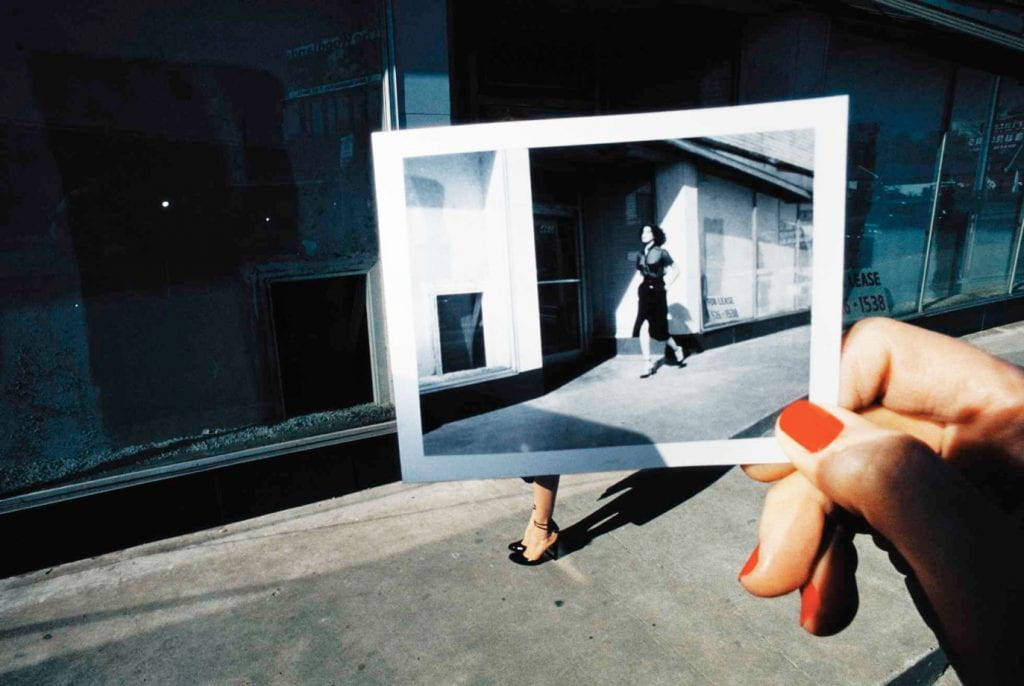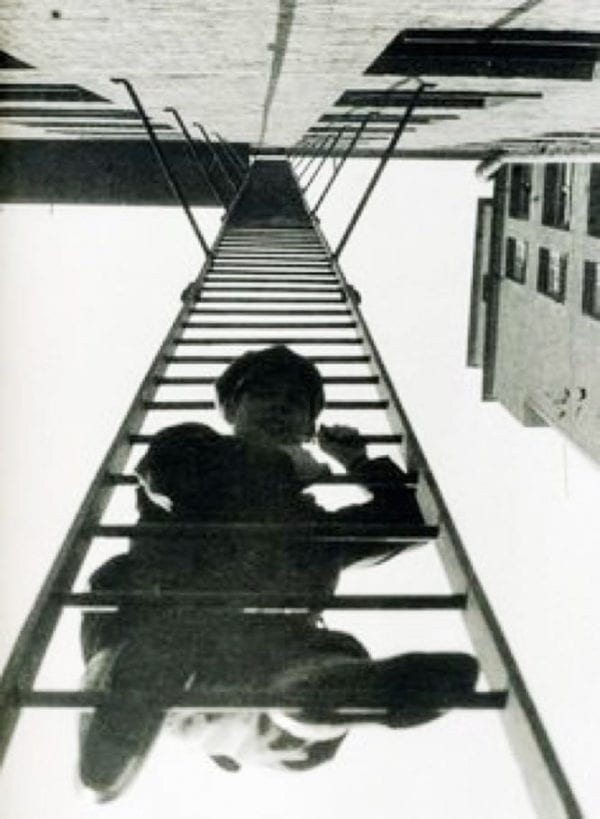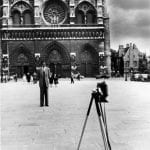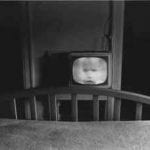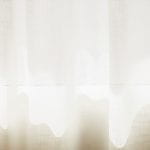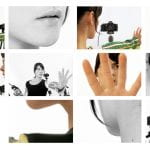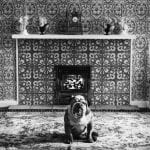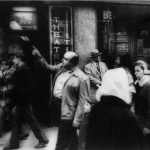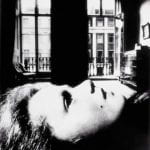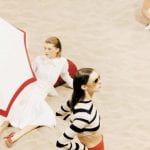America according to doug Rickard
By Emily Jane Scott (13th December 2019)
‘(Photography) promises a view of the world, but it gives us a flattened object in which wrecked reminders of the world are logged’ (Elkins, 2011, p.17)

Doug Rickard produced his series A New American Picture, by utilising the vast visual archive of Google Street View. He iimportantly reminds us to challenge preconceptions about what photography, or ‘photographies’ can be, especially when it comes to digital imagery. Rickard spent an extensive amount of time (2009-2011) exploring stereotypically ‘subordinate’ urban neighbourhoods and rural areas across the USA, from the comfort of his own computer desk. He would then photograph the composition on his computer screen with a digital SLR. Whilst many photographers aim for the most transparent process possible, Rickard includes blurred faces, pixelated distortion and warped perspective which reveal the digital origin of his photographs.

Perhaps Rickard’s process reflects the beginning of an age where human beings are reduced to data, constantly being observed, being monitored?
Yet, paradoxically, Rickard returns humanity to this data by picking out individual stories and adding them to the overarching and ongoing narrative of the American working class. The sense of distance provided by Rickard’s multi-layered technique adds weight to the images- reminding us of how distant we might be from these people and places; both on a geographical, cultural and socio-economic level. And so, Rickard is no more of a visual appropriator than any more ‘traditional’ photographer: he is simply photographing from within a digitally reconstructed environment, as opposed to the world outside. The images included in A New American Picture only became photographs (dare we say ‘art’?) once they were selected, framed, curated, contextualised and published by Rickard.
‘Doug Rickard… is interested in the American content and its haunting, visceral power. “I was interested in photographing America in the same context, with the same poetry and power, that has been done in the past” (in Appleyard, 2011)

Rickard’s work blurs the lines between technology and reality, the image and the world around us. His practice challenges our view of what photography is, and could be in this new, digital age.
Although Rickard is drawing from a collection of images which have already been ‘taken’, His practice, to me, cannot be considered to be a ‘pure’ form of artistic appropriation (despite appropriation being a completely valid way of producing powerful work, which can eloquently distil a cultural mood). The original mages within Google Street View are not, in my opinion, photographs. They were objectively, methodically collected by a vehicle-mounted camera driven down every street; they have no nature of subjective selection.
Rickard is no more a visual hunter-gatherer than any photographer. he is simply photographing from within a digitally reconstructed environment, as opposed to the world outside which is, itself, layered with constructed imagery.
Szarkowski’s (1966) discussion of photography focuses on the idea of selection. A photographer chooses what to include within a frame, and what to leave out. It is impossible for the ‘photographer’ to be truly objective, as a truly objective image is not a photograph, it is only visual data. so where does that leave Rickard, or indeed, his source material? A New American Picture only became subjective photographs once they were selected, framed, curated, contextualised. One might even liken his work to that of a ‘readymade’ sculptor; he turns something completely banal and utilitarian into a different practice merely through recontextualization. But yet paradoxically, despite its source material, we should still frame this practice in the tradition of Walker Evans, Robert Frank, Stephen Shore, William Eggleston, Paul Graham – or even Edward Hopper, as an equally visual / critical and subjective commentary on the state of thier own America.

‘Any doubts as to the artistic – rather than ethical or conceptual – merits of this new way of working were definitively settled by Rickard’s pictures. It was William Eggleston who coined the phrase “photographing democratically” but Rickard has used Google’s indiscriminate omniscience to radically extend this enterprise – technologically, politically and aesthetically’ (Dyer, 2012)
The idea of photography as an accurate representation of the real world is mythological. Whether it be an artist’s concept, a news story, a memory, an advertisement, an illustration or investigation, all photographs feed into a false narrative of some kind. Yet, Rickards photographs are aesthetically pleasing, insightful, emotive and harrowing. The sense of distance provided by his multi-layered technique adds weight to the images, reminding one of how distant we really might be from these people and places, on geographical, cultural and socio-economic levels.




